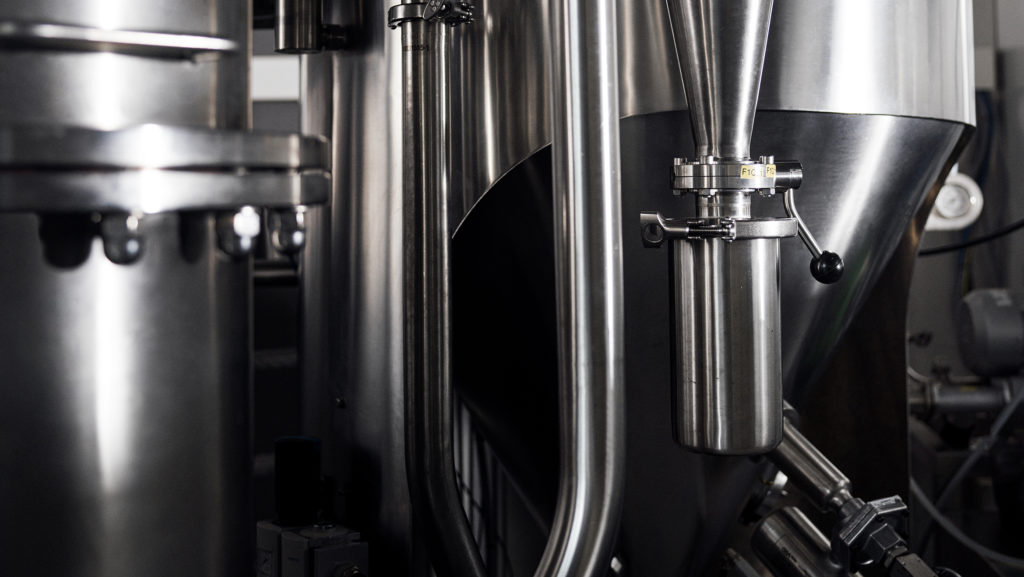I just did some research and really wondered why they want us to eat insects and especially because of the chitin. Well, there are very close links between chitin and graphene oxide (found in these famous "vaccines"). I don't understand all the scientific articles on the subject because I am not an expert but I have the impression that graphene oxide can be made from chitin and it also turns out to be a possible link to graphene. So I imagine that if they want to make us eat quantities of chitin, it may increase the effect of graphene in the body tenfold. On the other hand, I have no idea why? would it have anything to do with a way to increase the absorption of waves. Apparently for biomedical applications, graphene oxide works very well with chitin. Maybe I'm wrong but I have the impression that there is a link here
 www.koreascience.or.kr
www.koreascience.or.kr
Development of a chitin/graphene oxide hybrid composite for the removal of pollutant dyes: Adsorption and desorption study
Abstract
This work presents the synthesis of chitin (Chi) and chitin/graphene oxide (Chi:nGO) hybrid gels in mild conditions and their use as biosorbents in solid–liquid batch systems. The graphene oxide nanosheets, obtained from natural graphite through Hummers method, were characterized using FT-IR, ESR and pHpzc determination as a qualitative approach of the degree of exfoliation and oxidation. Two kinds of widely used dyes were tested: Remazol Black (RB) as an acid dye model and Neutral Red (NR) as a basic dye model. Adsorption assays results were analyzed using two and three parameters isotherm models. The maximum adsorption capacity (qm) for RB and NR were 9.3 × 10−2 mmol/g and 57 × 10−2 mmol/g being the first one reached by Chi and the second by the hybrid. Furthermore, the adsorption behavior over the time was evaluated through pseudo-first, pseudo-second, Elovich and Modified Freundlich models being the first one which described better all the cases except the adsorption of Remazol Black on chitin gel which follows an Elovich tendency. According to the pseudo-first order model, the uptake rates (k1) were between 1.1 × 10−2 min−1 and 1.4 × 10−2 min−1, but for the Chi:nGO-NR system it was 1.7 × 10−3 min−1. The adsorption was observed to be dependent on both the solution pH and the Chi:nGO proportion. Finally, both dyes can be desorbed from both kinds of materials up to 60% of the sorbed amount by increasing the solution pH above 8. This would imply the capability of reutilization of the material with minor sorption capacity.
Magnetic Graphene Oxide/Chitin Nanocomposites for Efficient Adsorption of Methylene Blue and Crystal Violet from Aqueous Solutions
Abstract
The present study is focused on the synthesis of prominent magnetic graphene oxide/chitin nanocomposites, which behaves as an adsorbent for organic dyes under visible light. The nanocomposites were characterized using physicochemical techniques such as X-ray diffraction, Fourier transform infrared spectroscopy, Raman spectroscopy, vibrating-sample magnetometer, scanning electron microscopy, and transmission electron microscopy. A band gap energy of 2.01 eV was evaluated from Tauc and Davis–Mott plots. Batch adsorption studies were performed on crystal violet and methylene blue dyes with varying parameters such as time, pH, concentration, dosage, and temperature, which resulted to excellent adsorption activities of 403.78 mg/g for crystal violet and 332.61 mg/g for methylene blue. The as-synthesized nanocomposite showed excellent recovery capability, retaining its adsorption efficiency even after nine cycles of regeneration. The adsorption equilibrium data fitted well into the pseudo-second-order model and Langmuir isotherm model, while the spontaneity and exothermic nature of the adsorption phenomenon are demonstrated by thermodynamic studies. A comparative adsorption study results to a selective adsorption of cationic dyes over anionic ones, which goes in conformity with the high negative value of zeta potential obtained at neutral pH.
Abstract
Recently, with continuous developments in the field of materials science, graphene oxide (GO) has emerged as a promising material with excellent electrical, thermal, mechanical, and optical properties, which play important roles in most fields. Researchers have achieved considerable progress with graphene. Chitosan (CS) is a natural polymer that has been studied intensively owing to its specific formation, high chemical resistance, and excellent physical properties. These outstanding properties have led to its universal use in applications such as textile fabrics, tissue engineering, medicine and health, coatings, and paints. By combining the advantages of GO and CS, different types of promising materials can be obtained. This review discusses the preparation of GO-CS fibers, hydrogel and aerogel, and the applications of GO-CS nanocomposites. In addition, directions for future research on graphene material composites are discussed.
A review: synthesis and applications of graphene/chitosan nanocomposites -Carbon letters | Korea Science
Recently, with continuous developments in the field of materials science, graphene oxide (GO) has emerged as a promising material with excellent electrical, thermal, mechanical, and optical properties, which play important roles in most fields. Researchers have achieved considerable progress...
Last edited:




 Lol
Lol




